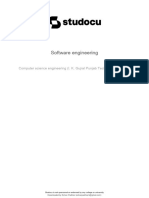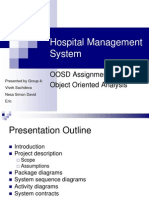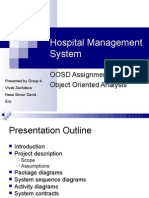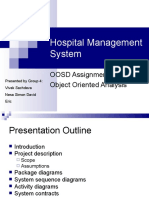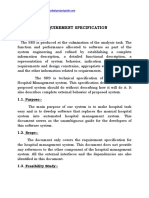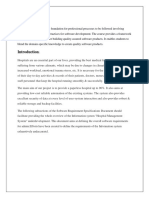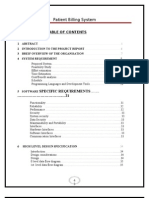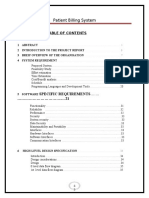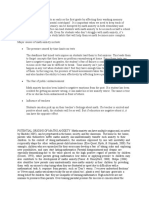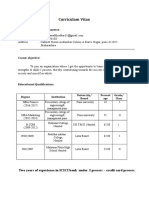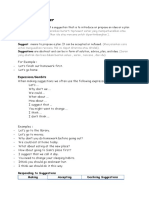0% found this document useful (0 votes)
47 views18 pagesSoftware Engineering Lab-1
The document outlines a series of assignments related to a Hospital Management System (HMS) for a Software Engineering laboratory course. It includes the preparation of software requirements, project management plans, UML diagrams, project size estimation using Function Points, code development in Python, and a test plan for the appointment booking module. Each section details the functional and non-functional requirements, project scheduling, system design, and testing strategies employed in the development of the HMS.
Uploaded by
wefot57202Copyright
© © All Rights Reserved
We take content rights seriously. If you suspect this is your content, claim it here.
Available Formats
Download as PDF, TXT or read online on Scribd
0% found this document useful (0 votes)
47 views18 pagesSoftware Engineering Lab-1
The document outlines a series of assignments related to a Hospital Management System (HMS) for a Software Engineering laboratory course. It includes the preparation of software requirements, project management plans, UML diagrams, project size estimation using Function Points, code development in Python, and a test plan for the appointment booking module. Each section details the functional and non-functional requirements, project scheduling, system design, and testing strategies employed in the development of the HMS.
Uploaded by
wefot57202Copyright
© © All Rights Reserved
We take content rights seriously. If you suspect this is your content, claim it here.
Available Formats
Download as PDF, TXT or read online on Scribd
/ 18

